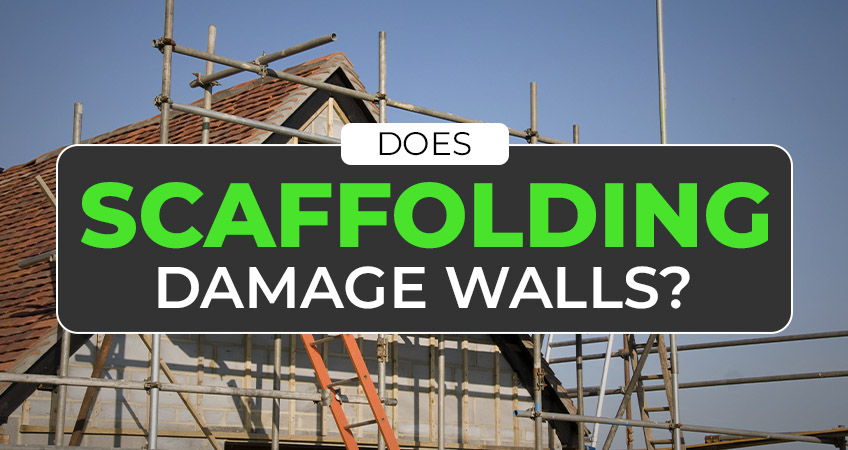Scaffolding is a vital part of most construction, renovation, or maintenance work, allowing access to difficult-to-reach areas safely and efficiently. However, one question we often hear is, “Does scaffolding damage walls?” It’s a concern for homeowners doing renovations, contractors overseeing large projects, and professionals managing listed or period properties.
Understanding potential risks and how to avoid them is crucial for a smooth, damage-free project. This blog will explore how scaffolding may impact walls, the factors influencing the likelihood of damage, and steps to prevent or address any issues.
Understanding scaffolding and its purpose
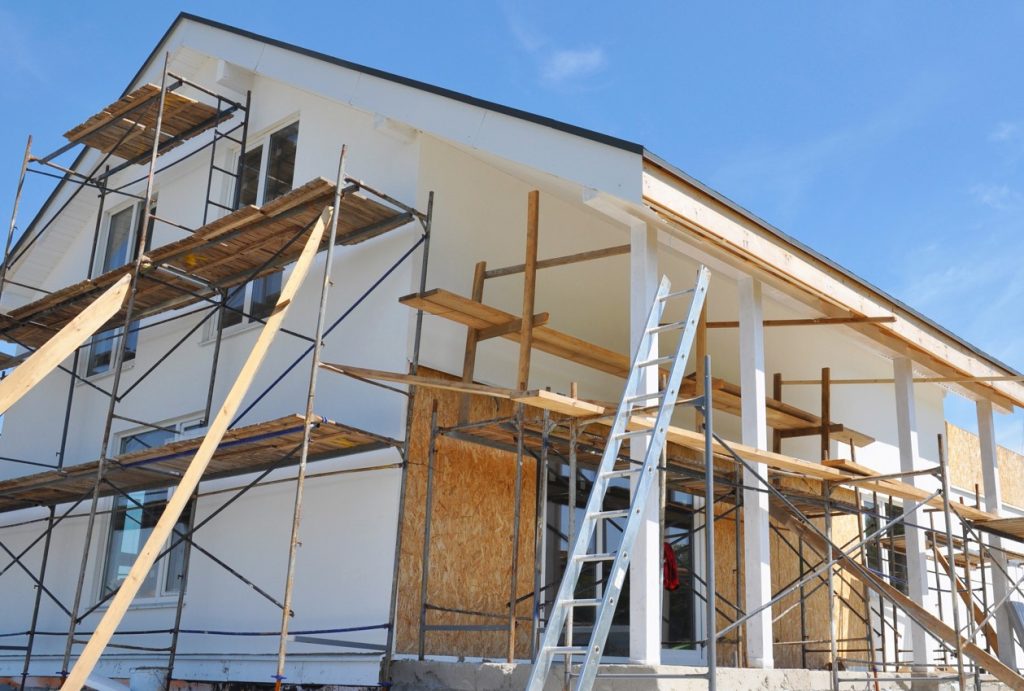
Scaffolding serves as a temporary structure to support workers, tools, and materials during building or maintenance projects. Its versatility makes it suitable for tasks like painting, window installation, roofing, construction, and façade repair. Typically made of steel or aluminium, scaffolding is designed to be strong and stable, offering both safety and efficiency.
But as useful as it is, scaffolding does come with risks—especially if it’s not installed or managed properly. The question of whether scaffolding damages walls boils down to understanding the way it’s used and handled.
How a scaffolding structure can potentially damage walls
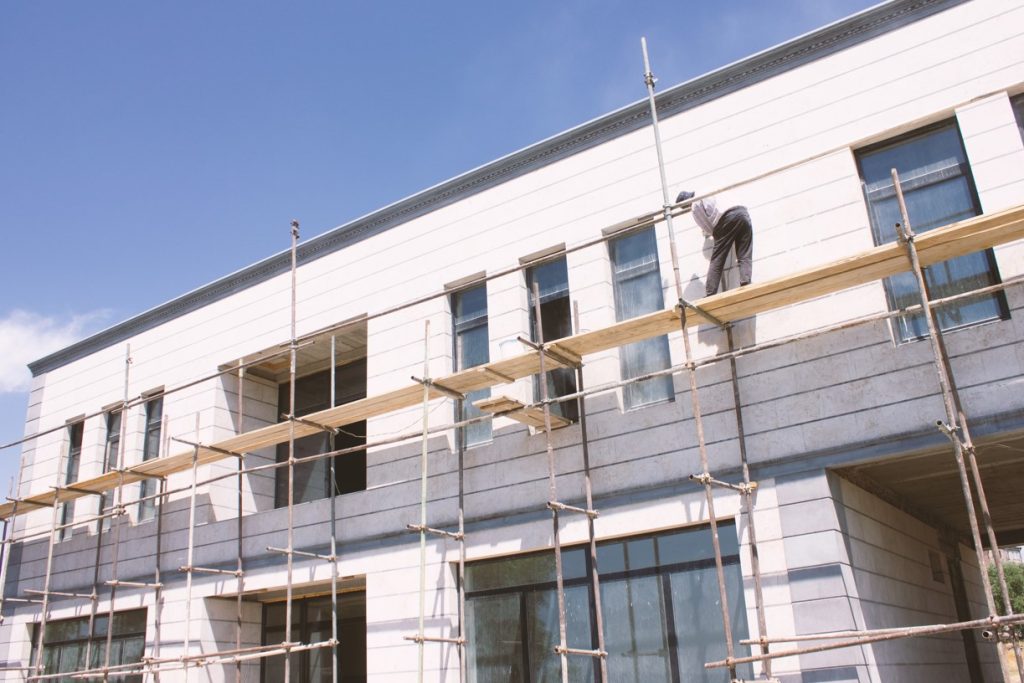
While professional scaffolding companies take every precaution to minimise risk, accidents or carelessness during installation, use, or removal can lead to damage.
Here are the most common ways scaffolding might harm walls:
Physical damage during installation
When scaffolding components, such as metal poles, clamps, fall protection guarding or safe access gates, are incorrectly or carelessly handled, they can scrape, chip, or dent walls. This tends to happen during setup, takedown or through improper installation — particularly when workers are rushing or inattentive.
Load stress and structural issues
Scaffolding can place substantial weight on walls, especially when combined with the load of workers and equipment. If walls aren’t designed to handle this stress and support heavy loads, cracks or structural damage can develop.
Abrasion and cosmetic concerns
Even slight movements caused by strong winds or shifting workers can create abrasion between scaffolding and the wall surface. Over time, this can lead to worn paint, scratches, and visible scuff marks. While this might seem minor, it’s still a headache for homeowners or businesses aiming to preserve aesthetics.
Scaffold design and material quality
The design of the scaffolding system, including its height, weight distribution, and anchoring points, can influence how it affects walls. Additionally, low-quality materials or outdated techniques may make scaffolding less stable or more likely to cause damage.
Factors influencing the likelihood of damage
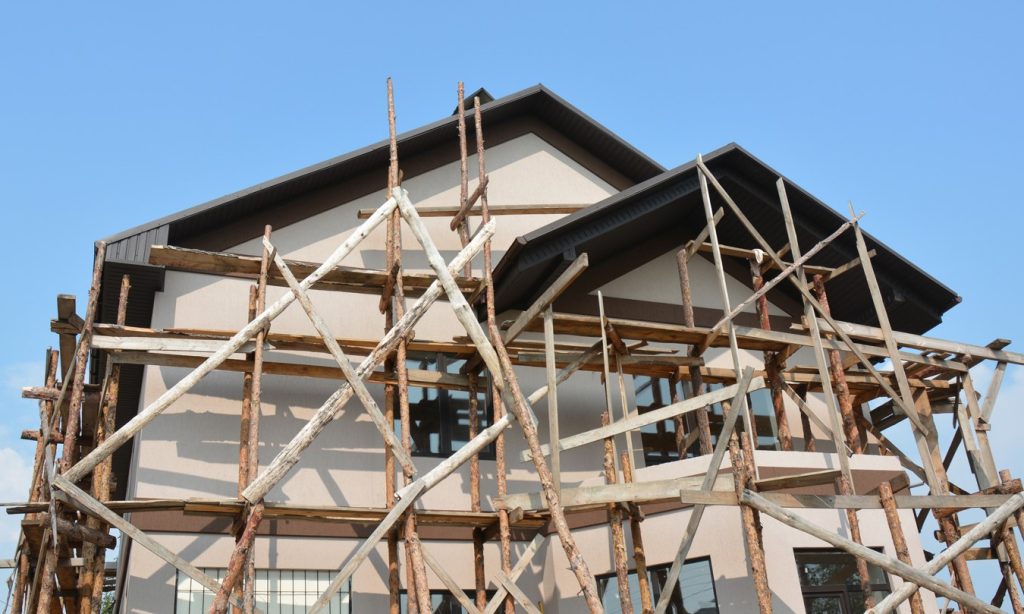
The possibility of scaffolding causing damage to a wall doesn’t only depend on how scaffolding is installed—it also varies based on other factors.
Here are three significant influences:
1. Condition of the wall
The state of the wall before scaffolding is set up plays a big role. Walls with existing cracks, loose mortar, or weak materials (common in older buildings, heritage properties and listed buildings) are more susceptible to damage under the pressure and weight of scaffolding.
2. Type of scaffolding used
Certain scaffolding types are more invasive than others. For example:
- Tied scaffolding uses attachments or anchor points to secure the structure to the wall. If not done carefully, this can cause physical damage.
- Freestanding scaffolding, on the other hand, doesn’t rely on direct wall fixtures and is generally less risky.
3. Environmental factors
Strong winds, rain, and temperature fluctuations can all exacerbate the risk of potential damage. For instance, moisture might weaken brick or stonework, while high winds can increase scaffold movement, potentially leading to abrasion or impact.
Best practices to prevent wall damage
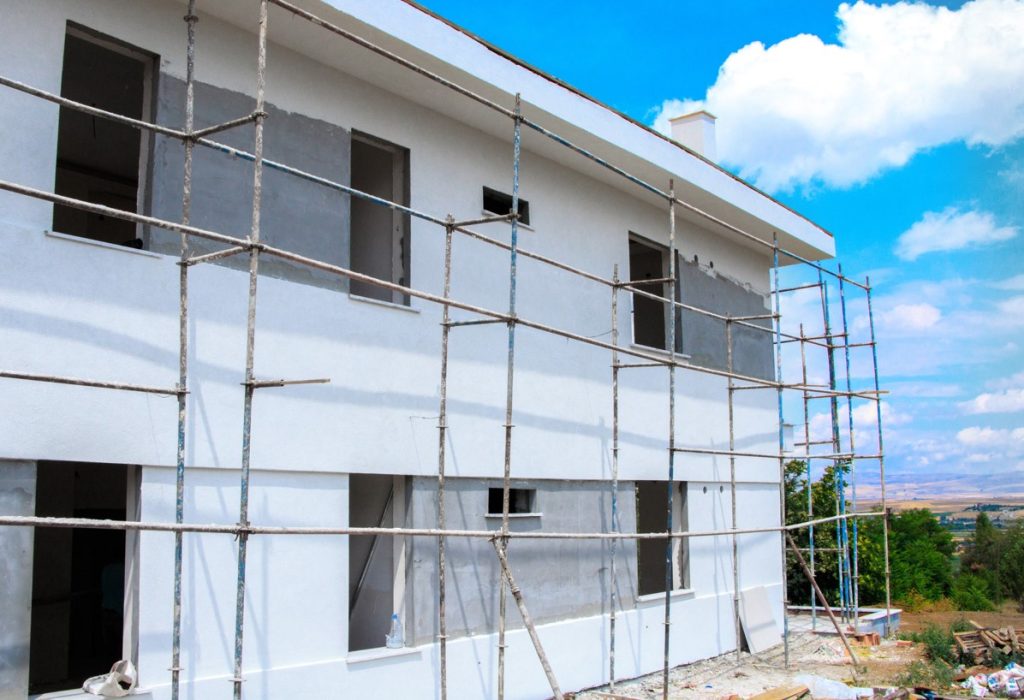
Minimising the risk of wall damage begins with a proactive approach. Here’s how professionals and homeowners can ensure safe scaffolding installation and usage:
Professional installation
Always hire a reputable scaffolding company with experienced professionals. They will ensure every step (installation, use, and removal) is carried out safely and carefully by an adequately-trained, competent person.
Regular inspections
Routine scaffolding inspection and the wall checks can identify small issues before they escalate. For example, any signs of strain or minor damage can be addressed immediately.
Using protective measures
Rubber padding, foam covers, or other non-abrasive materials can be used to shield walls from direct contact with metal poles. Additionally, ensuring scaffolding is stable and secured will prevent any unnecessary movement that could damage the wall.
Addressing damage: steps to take if it occurs
Despite best efforts, wall damage caused by scaffolding is sometimes unavoidable. Here’s what you can do to resolve the issue effectively:
Document the damage
Take detailed photographs and notes of any damage as soon as it’s noticed. These will be essential if you need to file a complaint or claim with the scaffolding company or your insurance provider.
Contact the scaffolding company
Reputable companies will take responsibility and provide solutions to rectify the damage, such as reimbursement or organising repairs.
Seek professional consultation
If the damage is severe or involves structural issues, consult with a professional builder or surveyor to determine the best course of action.
How B-Mat Scaffolding prevents wall damage
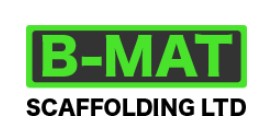
At B-Mat Scaffolding, we understand how crucial it is to protect your property while providing a safe working platform. Here’s how we go above and beyond to minimise wall damage:
- Commitment to safety: All our team members are rigorously trained in proper installation and handling techniques to ensure your property stays intact.
- Advanced techniques and equipment: We use modern scaffolding solutions designed for stability and protection, including padding materials and gentle fastening systems.
- Insurance coverage: For your peace of mind, we carry comprehensive insurance to cover unforeseen situations, though our primary goal is always prevention.
Why proper scaffolding practices matter
Scaffolding is an essential tool for construction and maintenance, but it doesn’t have to come at the expense of your walls. By understanding the risks, hiring skilled professionals, and taking proactive measures, you can protect your property without compromising on project efficiency.
Need reliable scaffolding solutions?
Contact B-Mat Scaffolding today to learn more about our professional services and how we ensure your property stays damage-free!


